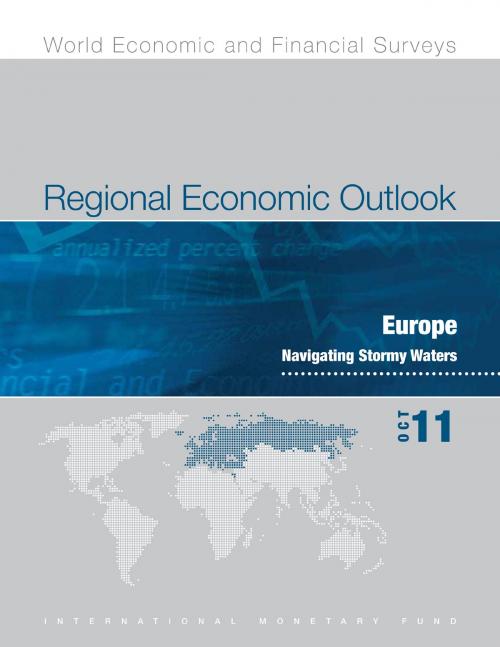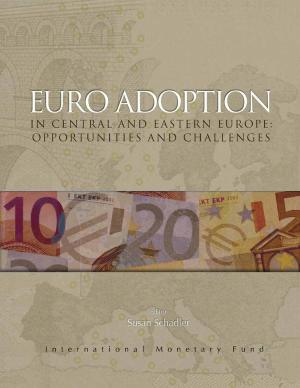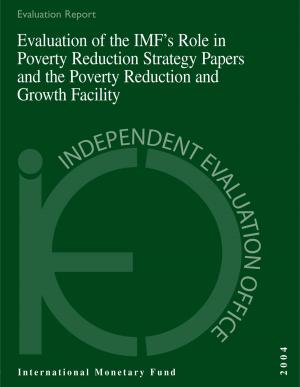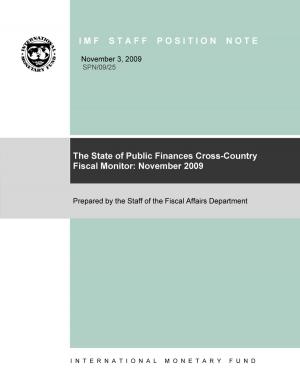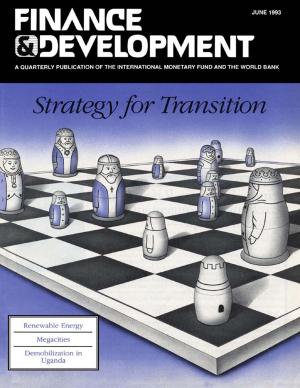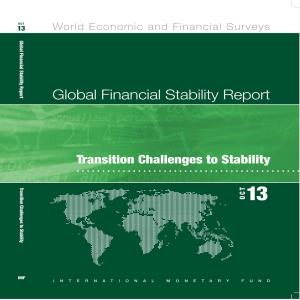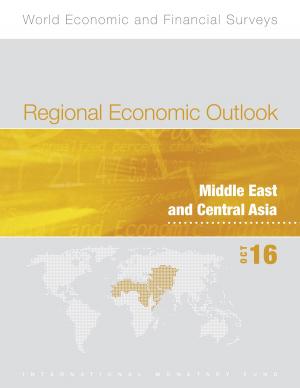Regional Economic Outlook, October 2011: Europe
Business & Finance, Economics, International Economics, Macroeconomics, Nonfiction, Social & Cultural Studies, Political Science, Politics, Economic Policy| Author: | International Monetary Fund. European Dept. | ISBN: | 9781463963859 |
| Publisher: | INTERNATIONAL MONETARY FUND | Publication: | October 5, 2011 |
| Imprint: | INTERNATIONAL MONETARY FUND | Language: | English |
| Author: | International Monetary Fund. European Dept. |
| ISBN: | 9781463963859 |
| Publisher: | INTERNATIONAL MONETARY FUND |
| Publication: | October 5, 2011 |
| Imprint: | INTERNATIONAL MONETARY FUND |
| Language: | English |
Following a strong showing in early 2011, the economies across Europe now face the prospect of a pronounced slowdown, as global growth has softened, risk aversion has risen, and strains in Europe's sovereign debt and financial markets have deepened, according to this issue of the Regional Economic Outlook for Europe. Downside risks are significant, and a further deepening of the euro area crisis would affect not only advanced Europe, but also emerging Europe, given its tight economic and financial ties. The policy stance in advanced Europe will need to be adapted to reflect the weakening and tense outlook, financial systems strengthened further, and a consistent, cohesive and cooperative approach to monetary union adopted by all euro area stakeholders. The cross-country experience in the past decade in Europe shows the difference that good policies can make in boosting growth, with some European countries having grown rapidly while others have stagnated. Escaping low-growth traps, through broad-based reforms that address macroeconomic imbalances and country-specific structural rigidities, is possible.
Following a strong showing in early 2011, the economies across Europe now face the prospect of a pronounced slowdown, as global growth has softened, risk aversion has risen, and strains in Europe's sovereign debt and financial markets have deepened, according to this issue of the Regional Economic Outlook for Europe. Downside risks are significant, and a further deepening of the euro area crisis would affect not only advanced Europe, but also emerging Europe, given its tight economic and financial ties. The policy stance in advanced Europe will need to be adapted to reflect the weakening and tense outlook, financial systems strengthened further, and a consistent, cohesive and cooperative approach to monetary union adopted by all euro area stakeholders. The cross-country experience in the past decade in Europe shows the difference that good policies can make in boosting growth, with some European countries having grown rapidly while others have stagnated. Escaping low-growth traps, through broad-based reforms that address macroeconomic imbalances and country-specific structural rigidities, is possible.
